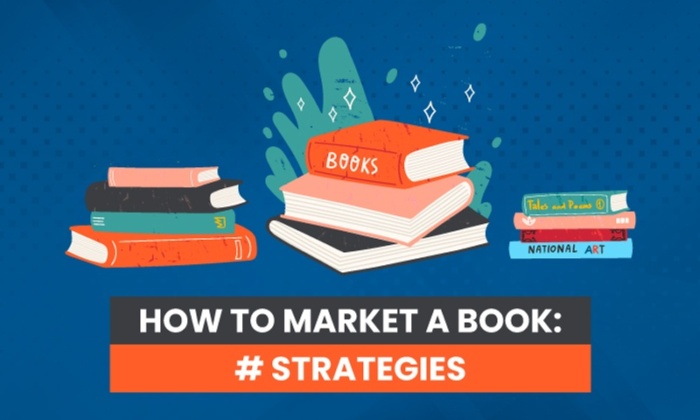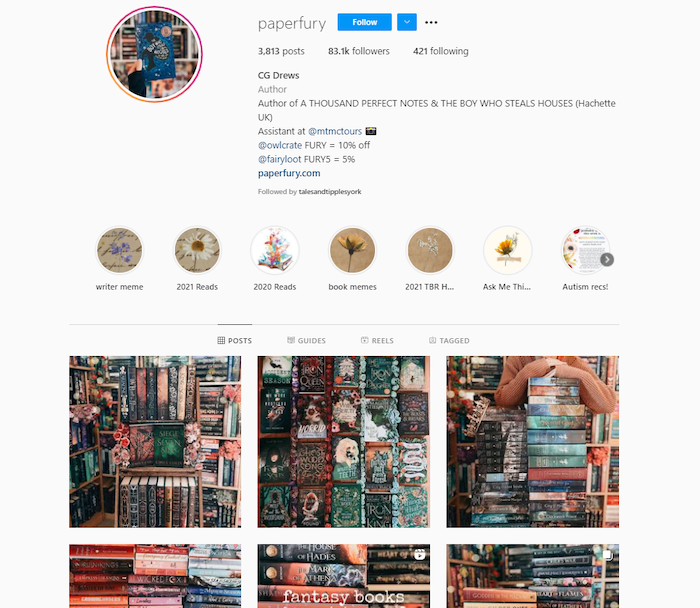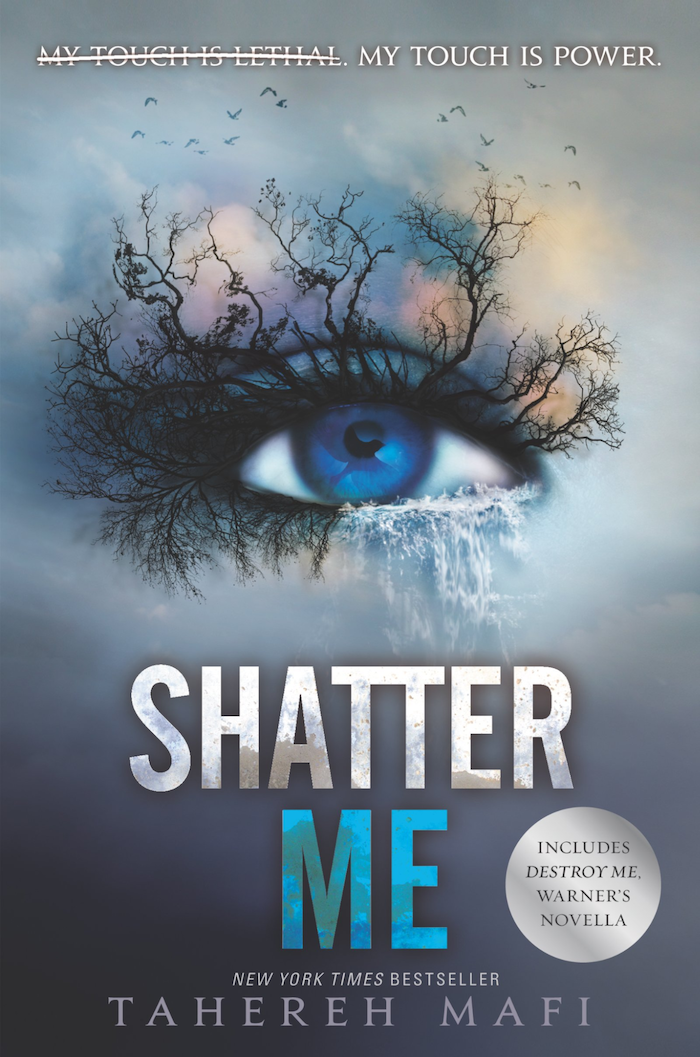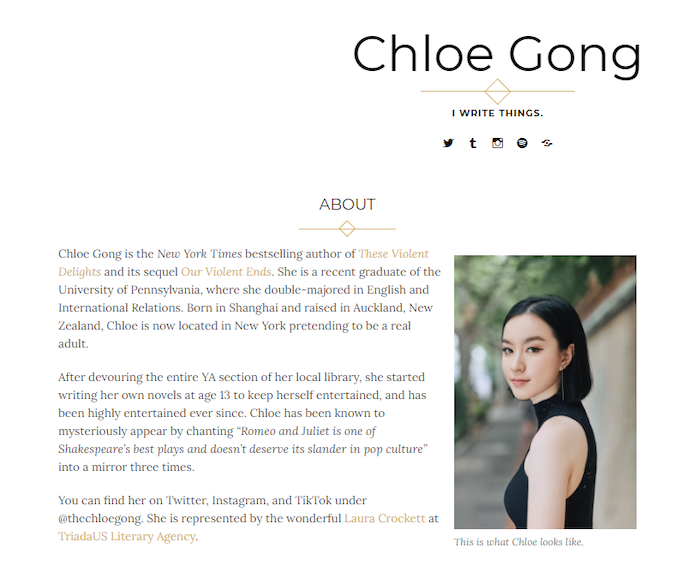
It might feel like you’ve already done the hard work.
You’ve spent hours with a keyboard or notebook in your hands, writing away. You’ve edited, edited, and edited some more—and may have even struggled through the complicated process of self-publishing.
Now you have to go to the next step: marketing your book.
This entails getting your book “out there,” earning an audience, and generating sales. You just need to understand how to market a book.
With the right marketing tactics, there’s nothing stopping you from selling your book around the world and building the fanbase of your dreams—well, nothing but time and effort.
How to Market a Book
No matter how good a book is, no one will read it if it doesn’t have the right marketing.
International self-publishing websites like Amazon have brutal algorithms that punish the unaware. In order to get yourself that “best selling” tag, your best bet is to look away from the shops and start focusing on your audience.
In many ways, having a book is like having a website. It can be absolutely brilliant, but if it’s not presented to the right people, it won’t take off.
Luckily, with the help of modern technology, finding readers doesn’t have to be an impossible journey.
Strategy #1: Research Your Niche
Any good marketing starts with research.
For this reason, marketing shouldn’t just be an afterthought. It needs to be a part of your process from the very conception of your book.
If you fail in your market research, then you may find you’re writing a book that nobody wants to read. In some cases, this might not be a problem (such as you are writing for passion), but if you want to make sales and know how to market a book, then your writing has to be informed by your research.
Fanbase
I always talk about the importance of targeted content. No matter what you’re writing, it’s impossible to accommodate everyone.
Instead, you have to focus on the people who are most likely to enjoy your book.
This is where it’s helpful to create a reader profile. Ask yourself questions about what your ideal reader looks like and build a picture of their character. Understand the following about them:
- Demographics.
- How often do they read?
- How many books do they read?
- How fast do they read?
- What information are they looking for?
- How do they consume content?
Yes, your writing comes from you and is an expression of yourself, but it’s always important to keep your readers in mind. This will help you with the writing process, but it’s also going to help your marketing, and, eventually generating reviews.
Genre
If you tell someone you love reading, then what’s the next question they’re likely to ask?
“What genres do you read?”
Genres are one of the main ways we categorize books, so you should have a good picture of where your book fits into this. Each genre has unique characteristics that its readers look out for and your book is expected to follow certain tropes.
Understanding what works and what doesn’t in your genre is important information for your market research. For example, the blurb on a non-fiction book is going to be very different from the blurb on a romance novel.
The more information you have about your genre, the easier it is to understand how to market a book.
Competitors
Consider this: who are you competing with?
Are you competing with that out-of-reach New York Times bestseller, or are you competing with something a little more niche?
In an ideal world, there would be no competition. Your book should stand proud, and alone. Only, in the real world… that’s not the case.
Competition exists.
For example, if you’ve written a children’s book, you need to look at similar authors.
After all, marketing is always much easier when you know what the competition is doing. When you can see what they do well and what they don’t do so well, then it can give you ideas for your own marketing. You can look at what they’ve written, what the blurb is, what social media pages they run, and even do a deep dive into their website.
Take the aspects you like, and improve on them by adding your own touches (this is how we keep track of our competitors in online marketing.)
Strategy #2: Develop an Online Presence and Following
Sadly, books won’t just sell themselves. Wouldn’t it be nice if they could?
You can put them on Amazon, and in bookstores, but getting people to pick them up and buy them is a whole other thing.
To market a book, you’ve got to establish an online presence and be able to create a buzz about your work. It takes time to build this authority, so the earlier you set up an author website and build out your social media profiles, the better.
A big part of marketing is reaching people where they are and in modern times, we’re virtually all online.
We live in a world where we have instant access to information. When someone sees your book, they’re not just going to say “let’s give it a go,” they’re going to look online to learn more about it.
If there’s no information online about you or your book, then it’s not going to fill them with confidence.
There are lots of ways you can build your online presence:
- Create an author website.
- Engage with readers on social media.
- Offer extra content.
- Show “the person” behind the books through blogs or videos.
Your online presence is a fundamental part of marketing a book today. People want to feel a personal connection with authors, their books, and the characters in them, and your online presence is the way to give it to them.
As Paperback Kingdom says, “when you’re a writer, you’re a writer. But when you’re an author, you become a whole lot more than just a writer—you become a brand.”
Take, for example, YA author C.G Drews:

Drews runs a popular blog, Paperfury, and has an Instagram account with thousands of followers. When her first book, “A Thousand Perfect Notes” was released in June 2018, it became an instant hit, with support from her friends, followers, and blog readers.
This just goes to show how vital an established online presence can be in understanding how to market a book.
Strategy #3: Create a Blurb and Press Kit
How much did a pirate pay for his hook? An arm and a leg.
That’s how much authors feel like they have to sacrifice when trying to become marketing experts. Sure, it’s difficult, but make no mistake: it’s not impossible.
Like with any great story, you need a hook for your marketing—something that will grab people’s attention and draw them into reading more.
In marketing, we use them all the time (just take a look at my first paragraph).
The equivalent to a hook when you market a book is a blurb. Think about the steps someone takes when they’re considering your book:
- Look at the cover page and title.
- Read the blurb.
- Look at the index to see chapter titles.
- Research online.
All in all, with worldwide shortening attention spans, you don’t have a huge amount of time to grab someone’s attention before they click onto the next page.
You need to combine your great writing ability and newfound marketing skills to create the perfect blurb. You can even trial different versions and see which resonates with your audience the most (this would be called A/B testing.)
Blurbs should draw people in, inspire their imagination, and demand that they read on.
Remember that a good buyer’s journey should finish with the delight stage. They should fall in love from the first sentence of your blurb, right to the end of your novel.
Powerful synopses are how you convince people to take a chance on an unrecognized author and build your brand evangelists for future organic marketing. When someone loves your work, (whether that be a newspaper columnist, blog owner, or casual reader) you want to provide them with all the tools they need to help you market your book.
This is when your press kit should come in (also known as a media kit). The more shareable images, videos, and other items you can put in your press kit, the easier it is for your fans to help market your book.

Writers Edit suggests that you should have the following on hand:
- Author bio, contact details, and a photo.
- Information about your book(s).
- Media release information.
- Ideas for interview questions or discussion topics.
Strategy #4: Design an Eye-Catching Book Cover
How many times have you been told not to judge a book by its cover?
The funny thing is, we all do it!
We’re naturally drawn to certain elements (such as human faces or different color combinations).
In fact, the human brain processes visual information 60,000 times faster than any text.
When it comes to marketing a book, this means your cover is going to be vitally important.

Take a look at the cover of Shatter Me by Tahereh Mafi, a bestselling YA dystopian novel. The color combinations, the typography, and the artwork are all cleverly designed to draw our attention. The light gradient as you move up the cover allows the main feature to stand out.
For the most part, book cover design is an area where market research can come in handy.
What do some of the most successful books in your genre have in common when it comes to the cover? Are they like Shatter Me, with one main piece of artwork as the focus? Or, like in non-fiction, do bold-colored, imageless covers with large text dominate the leaderboard?
Consider how you can incorporate the details you are noticing on multiple bestsellers. Walk the thin line between going with what works, and finding a way to add your own, refreshing twist to the market.
Remember that your book cover isn’t just for your physical book, it’s also going to play an important part in online stores like Amazon.
Unless you’re a writer and a high-quality artist, this is probably something you will want to outsource, but your input will still drive the project. Knowledge and feedback will influence some important decisions that can help your book succeed.
Strategy #5: Run Targeted Ads on Social Media
There are nearly four billion active social media users across the world. When you think the population of the world is just under eight billion, this figure is staggering.
When you run social media adverts, you have the ability to get your book in front of this massive audience.
The best part about it?
Social media ads allow you to be unbelievably targeted. Companies like Facebook, Twitter, Instagram, TikTok, and LinkedIn have so much information on their users, and you can use this to make sure you’re reaching the right people with your ads.
Here’s how to market a book through social media ads:
- use your market research to narrow in on your target audience
- utilize video to boost engagement
- build specific landing pages that reflect your ad copy
- explore different platforms
- keep an eye on your analytics and find ways to optimize
It’s much easier to advertise a book to people when you understand their interests, and, luckily that’s exactly what social media helps you to do.
Strategy #6: Create a Mailing List to Market Your Book
No matter what you’re selling, it often takes more than just one touchpoint for someone to make a purchase. People tend to research products, then go away, before coming back and making a purchase at a later date.
Books are often considered “lower value items,” with prices running from $12-$24 on average. This means that customers are more likely to make impulse purchases when in the decision buying process, but, often, there will still be some back-and-forth before clicking the buy button.
No matter how good your marketing approach or book cover, people are going to visit your website, look at your socials, view your book online, and, sometimes, simply leave without making a purchase (no matter how successful you are, this will still happen.)
Once someone leaves, you have no way of reaching them. However, if you’re focusing your efforts on building a mailing list, then you’ve got a way of creating more touchpoints.
Email marketing can be one of your best strategies for marketing your book. By engaging with your subscribers, offering valuable content, and building the relationship, you’re going to boost your sales.
If you use email to market your book, make sure to:
- respecting people’s privacy
- using segmentation to personalize your outreach
- offering value
- not just focusing on the sale
- driving people to your website
A good mailing list is a valuable commodity and it’s a perfect way to build interest in your future releases.
Strategy #7: Network With Other Authors in Your Niche
People often underestimate the power of networking. Modern technology allows us to reach our target audience so easily that we forget about building relationships.
There are lots of other authors going through the exact same thing as you, and they have lots of insights to share. They’ve also spent time growing their websites, mailing lists, and social media profiles just as you’re doing.
A great way to maximize your reach is by reaching out to other authors and seeing if they will help market your book. They can quickly shoot a message to their mailing list, and you could even pitch it as extra content they can use to share their own work. Perhaps you could organize a joint interview or review the other author’s book to share with your mailing list.
You will find you can build reciprocal relationships, and friendships, where you support each other through the process of marketing your books.
There is a strong writing community out there, and it can pay to get involved in it.
Similarly, you can build up a reputation for your key insight into the industry. Reviewing other books in your genre allows you to tag authors and get your name on their feed. It’s a way to become more visible.
Always be constructive, though, and never tag author’s in negative reviews. You can still post your honest thoughts and feelings online, but it can be hurtful to share critiques directly with them.
Your goal is to make connections with authors, not ruin them.
How to Market a Book: 3 Examples of Successful Book Marketing
Different authors will go about marketing their books in slightly different ways. You may find certain techniques work better than others, but it’s worth exploring every avenue.
Here are some examples of authors who have done an amazing job with their marketing.
Author Website
Chloe Gong is an NYT bestselling author who has only recently published her first book. As part of her marketing efforts, she set herself up on TikTok, where she has millions of views and likes from talking about books. She also has an up-to-date website with great copy, and even a meme page to appeal to her YA audience.

The website helps keep Chloe’s fans updated, whilst also allowing people to get to know the person behind the books. With regular updates, she keeps people coming back and has built a brilliant platform to market her upcoming book, Foul Lady Fortune.
Social Media
Reddit isn’t a social media platform that gets talked about a whole lot, but it can be an amazing platform to start discussions about books.
There are an endless number of Reddit threads on virtually every subject in the world, and often the people taking part are very passionate. This goes for the subject of books as well.
Some authors have found that hosting question and answer sessions on Reddit have been a great way to market their book. People are generally interested in getting to know authors and understand the work they do, and Reddit provides a good platform for this.
Mailing List
Don’t be afraid to do something a little bit different with your email communication. This email from Tansey Morgan is a great example of how you can create engagement with your subscribers.

Not only are the Amazon reviews very helpful for Morgan’s marketing, but the email also makes the recipient feel involved in the process.
There are lots of little ways you can do this, with sneak peeks at content, a behind-the-scenes view of the writing process, and other fun benefits for your subscribers.
How to Market a Book: Frequently Asked Questions
How do I self-market my book?
To self-market a book it’s important to start with market research. From there, you can build your online presence and reach your target audience.
How do I get my book noticed?
Your book cover is one of the best ways to get your book noticed. Look at other books in your niche to find out what they do well, and incorporate this into your book cover.
Can a self-published book become a bestseller?
There’s nothing stopping your self-published book from taking off. Great marketing can create a viral effect, taking you all the way to a bestseller (think 50 Shades of Grey).
How do I market my book on social media?
Targeted social media ads are a great way to reach your target audience and market your book.
How to Market a Book: Conclusion
There’s nothing stopping you from successfully marketing your book.
The online world has made it much easier to reach your target audience, and there are lots of ways to take advantage of this. By creating an author website, building out your social profiles, and engaging with the community, you can soon build momentum behind your book.
Lots of independently published books have had great success, but one of the key things is they’ve had good marketing behind them. If you can nail this part of the process, then it can make a huge difference to your book sales.
How do you market your book?
from Blog – Neil Patel https://ift.tt/37uMDRt

No comments:
Post a Comment